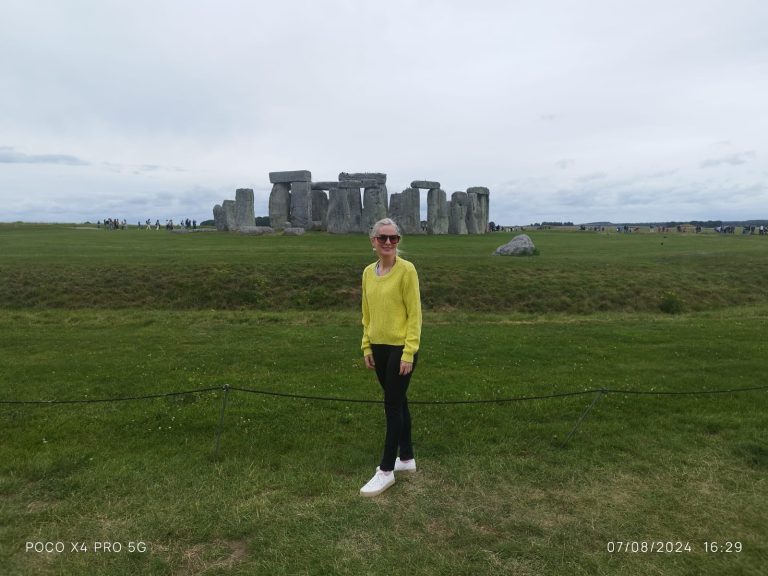Demystification of Meditation
 by Aoibheann Doyle / Friday, 28 February 2020
by Aoibheann Doyle / Friday, 28 February 2020
Meditation is a beautiful addition to Self-Care. I have been teaching Meditation for many years and I find some people feel intimidated by the practice because they feel it has to be this mysterious, elaborate ritual, which they find overwhelming. In this article I hope to share how Meditation does not have to complicated with frills! It can be, if you want it to be - but it is not required, especially as you begin your practice. It is called "practice" for a reason. The point is to keep showing up to your Meditative space in your day and I assure you, you will see results.
Conscious Versus Unconscious
“Be present, be here now.” What does that mean?
What is the sweet spot of the present moment? When you are not running a programme.
Presence = Conscious
Meditation means “to become familiar with”. To become familiar with what?
To become familiar with your truth.
95% of who we are runs an unconscious programme. Consciousness means you are no longer running under an unconscious programme.
Your habits are unconscious programmes running your life. The moment you become conscious of your unconscious thoughts (negative, self-defeating thoughts/habitual behaviours, self-sabotage) you are in a state of awareness.
Awareness means you are now conscious of these programs and it is now a conscious choice. Consider awareness of such limited perspectives as victory, and the beginning of deeper, lasting change.
Every time you settle your body and thoughts back into the present moment – free from the unconscious programme – is a victory.
Change Requires Focus
Change = breaking habits of old self and creating the new self. “Nerves that fire together wire together.”
The 1st step – Train your body to sit in stillness. The body is no longer ruling the mind. We must shut out external sensory distractions in order to engage with the generous present moment. Every time we sit in stillness to meditate, we disinvest in the recycled thoughts of old/past thinking which is a predictable, stale expression of how you have been living your life. Meditation victory adds up! Taking time to recover and rest your mind adds up! Soon you will find you WANT to make time to meditate.
Stronger the emotion = The greater the focused energy to the thought.
Focusing on the Elevated feelings of emotion such as gratitude, appreciation, love, etc., creates the habit of being in those elevated emotions. Elevated emotion creates elevated energy. Going inward, seeking to be present activates a rest response in your body and mood, which, once consistent, will be reflected in your outer environment.
The purpose of meditation is to get beyond the analytical mind. When you are born you are in the sub-conscious mind. As children we listen to information given at an early age without questioning it. As a baby you learnt that to cry was to get fed, attention etc. These associations and dynamics with your parents lay the positive and negative behaviours. As we get older, our brain waves change, as we interact more with our external environment. This creates a natural analytical mind. By age 35, 95% of your subconscious mind has decided “who you are”.
Your analytical mind always weighs tour past against the future, the known with the unknown. The analytical mind is good for navigating life (discernment). An overly analytical mind carries stress and anxiety. This moves you away from a healthy mind, which is required to make joyful changes.
Meditation corrects this imbalance.
Tuning In
When you learn how to “tune in” during meditation, you move your brain waves into a deeper-conscious open state. This trance-like openness is more impressionable to possibilities and positive change. Lasting change requires a union between the conscious and deeper conscious to make permanent change.
3 TYPES OF STRESS
PHYSICAL – falls, injury, exhaustion/ burn out, etc.
CHEMICAL – virus, blood sugar, illness, etc.
EMOTIONAL – tragedy, loneliness, heartbreak, etc.
Stress hormones are addictive. Some people become addicted to the life they don’t even like. They endure bad jobs, toxic relationships, negative environments, etc. Thoughts literally affect your brain waves which can make you sick.
Stress chemicals affect the following:
- The body
- The environment
- Time
You become more matter, less energy. More particle, less wave.
Visualisation
2 TYPES OF VISUALISATION: Which can be used during Meditation
ACTIVE – This is where you choose the visuals, images and pictures you want to visualise. By actively choosing the visuals, you can direct energy to your thoughts and emotions, affecting how you feel.
RECEPTIVE – This is where you simply allow your mind to observe the images/thoughts that arise. Without judgement.
In the beginning of learning how to meditate, it can be helpful to use active, guided Meditation to help you settle into practice. As you progress, it is good to simply be receptive and receive your inner dialogue and symbols.
Occasionally some people report feeling “blocked” to being able to visualise. This is related to a fear of going inwards and seeing what they truly feel inside. If anything comes up through visualisation that makes you uncomfortable, simply observe it fully and acknowledge its presence. There is nothing inside of you that can threaten you. Your inner landscape is a deep symbolic understanding of your beliefs, truth and experiences. Your deeper conscious is very wise and wants to help you integrate and heal your fears. We create inner healing when we witness and integrate our pain. The art of Meditation and inner reflection is a powerful way to activate this.






